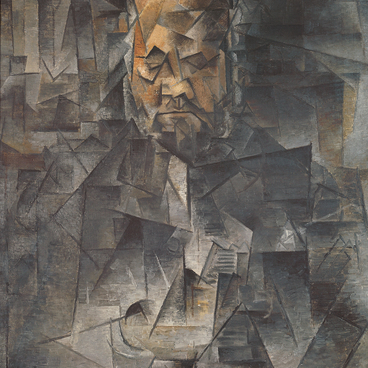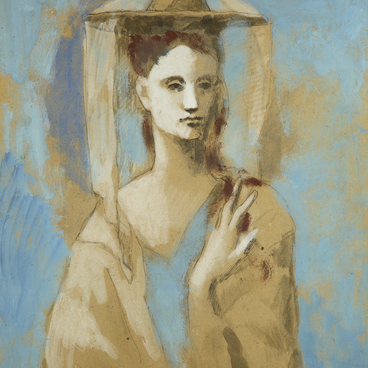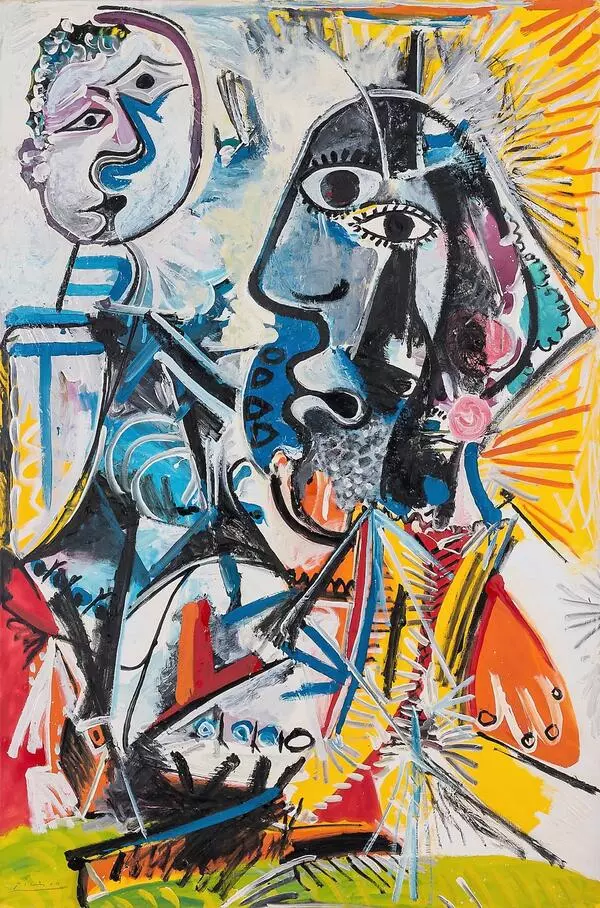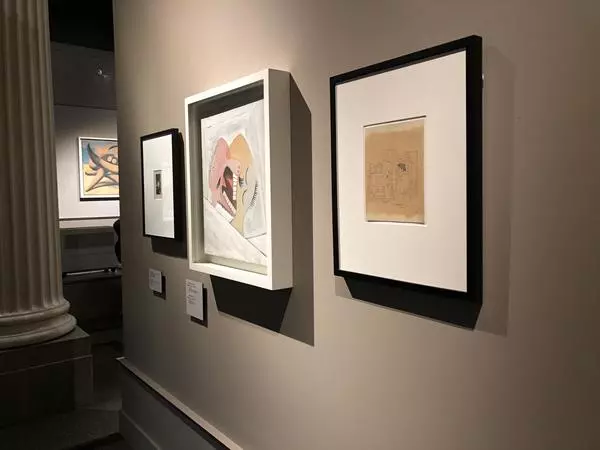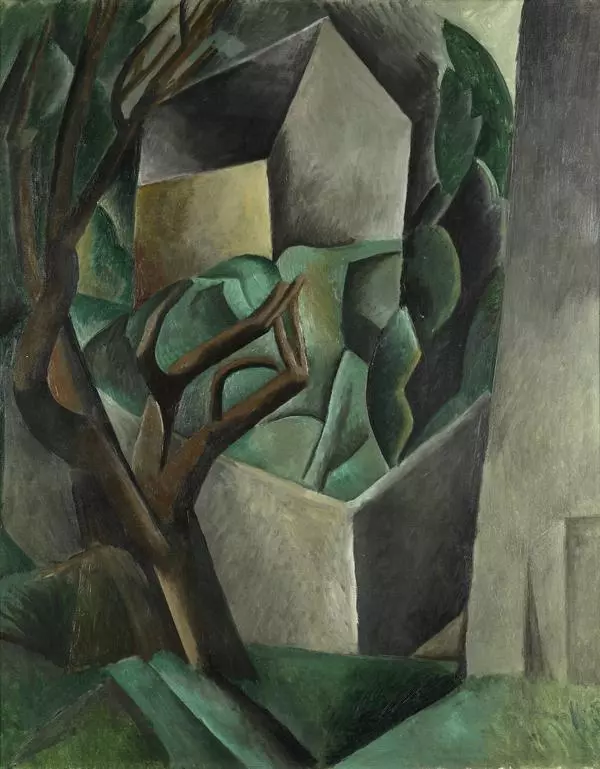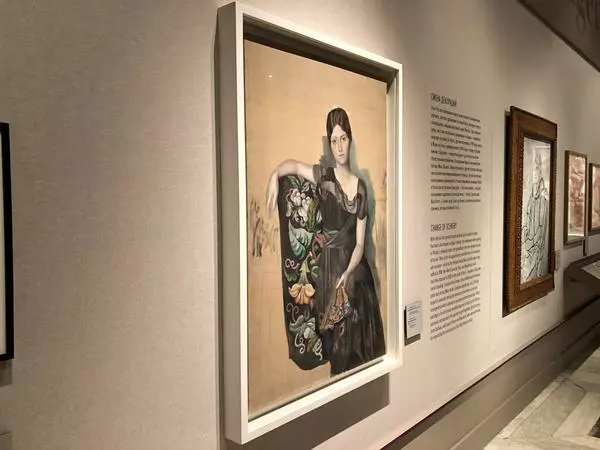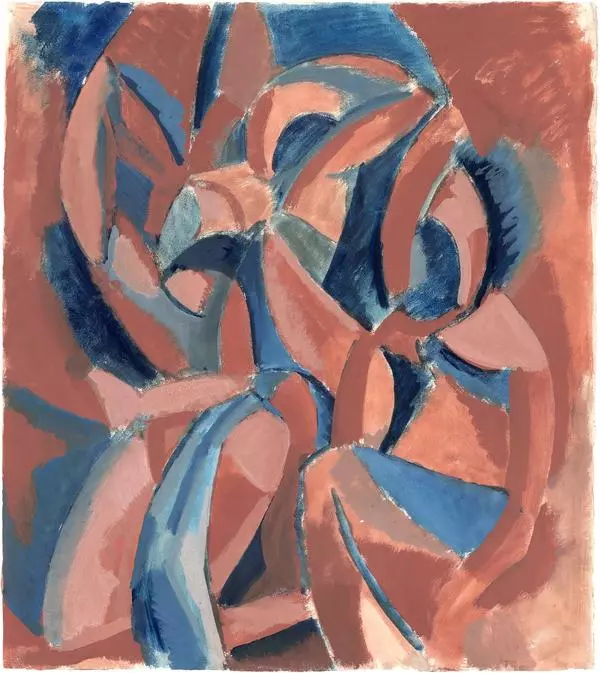Looking for expressive means to demonstrate the views of his inner sight, Picasso turned to archaic and primitive artistic systems. In addition to the influence posed by Cézanne’s art, the discovery of African plastic laid an important base for Cubism. African sculpture and ritual masks amazed Picasso with their dynamic, figurative, and irrational nature and, according to his own memoirs, were the artistic means that helped him to express the spirit of his era. This is where the artist borrowed deformed nature and parallel brush strokes that resemble sculpture notches and make object contours appear chopped. Picasso appreciated not only the decorative characteristics of wooden African sculpture, but also the fact that the people of Black Africa strive to embody their thoughts and ideas through art. The artist often said that he worked “not from nature, but like nature” and turned his paintings into systems of signs bearing the inner sense of images. “An artist must observe nature but never confuse it with painting. Nature can only be transformed into art through symbols, " the master said. This understanding of creative work was one of the most important lessons of African sculpture. In his painting Queen Isabeau, the artist depicts his model like a wooden sculpture. The title of this work was probably given by one of Picasso’s friends. Queen Isabeau of Bavaria (1371–1435), who is famous for her luxurious court, fanciful taste, and insane debaucheries, was popular in the beginning of the century thanks to the novella “Queen Isabeau” by Paul Adam. Isabeau even became a common name in the French language. But Pablo Picasso was not interested in the anecdotal part of the story. Along with knotty, breaking lines typical of cubism, this painting has many soft, rounded arabesques. The curious patterns on the queen’s dress that add a landscape element, her headwear that is typical for the Medieval dressing style, the vase with fruits that can be associated with spear-like Gothic shapes, and the color pallet with dull greenish, silver gray, ochre, and brownish tones resemble a medieval tapestry that has faded with time.
#1

Pablo Picasso
Queen Isabeau
#2
читать дальшескрыть
00:00
00:00
1x
Queen Isabeau
Время создания
1909
Размер
92x73 cm
92x73
92x73
Техника
oil on canvas
12
Открыть в приложении
Поделиться

